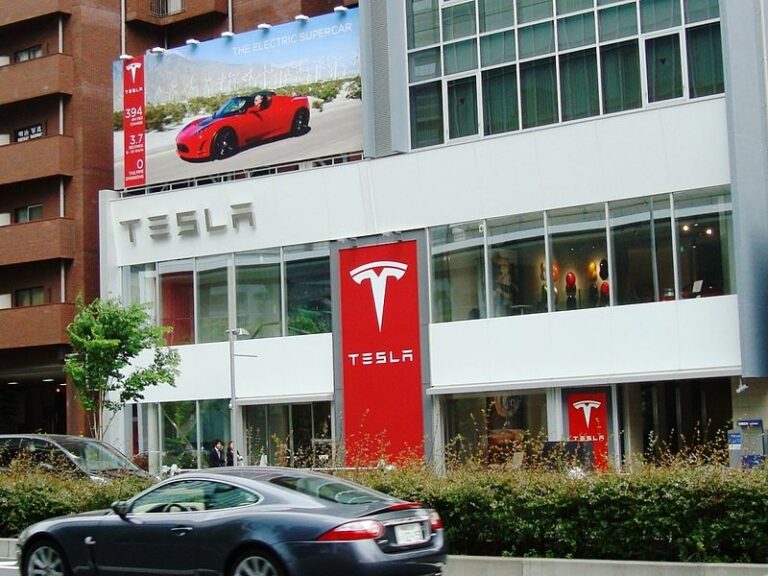Shares of Tesla Inc. experienced a decline of over 3% in after-hours trading following the company’s latest earnings report, which revealed a decrease in vehicle sales. For the quarter ending June 30, Tesla reported adjusted earnings of 40 cents per share, marking a 23% year-over-year drop, alongside quarterly revenues of $22.5 billion, down 12% from the previous year. These figures met or slightly exceeded analysts’ expectations, with forecasts ranging from 39 to 40 cents per share and revenues between $22.1 and $22.4 billion.
In terms of vehicle deliveries, Tesla faced a significant 13% year-over-year decline, totaling 384,112 units. The popular Model 3 and Y contributed 373,728 units to this total, while other models accounted for 10,394 units sold. This sales slump led Tesla’s automotive revenue to fall to $16.7 billion, reflecting a 16% decrease year-over-year.
Tesla’s energy generation and storage sector also reported a downturn, with revenues declining 7% year-over-year to $2.8 billion; however, the gross profit from the solar business reached a record $846 million. On a more positive note, the company’s services and other business sector—including Tesla’s Supercharging network and vehicle maintenance—experienced a 17% year-over-year increase, generating $3.05 billion.
Significantly, free cash flow plummeted by 89% to $146 million, while operating cash flow decreased by 30% to $2.54 billion. Despite these challenges, Tesla concluded the quarter with $36.8 billion in cash and investments, a slight decrease of $200 million from the previous quarter.
Amidst declining sales, the quarter stood out for the launch of new initiatives, including the introduction of a Robotaxi service in Austin, marking a step in Tesla’s broader ambitions in autonomy and robotics. Additionally, the company achieved a milestone with its first fully autonomous vehicle delivery.
Analyst Andres Sheppard from Cantor Fitzgerald LP expressed optimism regarding the Robotaxi segment, viewing it as a potential high-margin software-as-a-service model and forecasting strong growth in autonomous driving and ride-sharing.
Looking ahead, Tesla initiated early builds of a more affordable electric vehicle model, aiming for volume production in the second half of 2025, alongside plans for the Cybercab and semi-trailer trucks to enter production in 2026. The company is also expanding its AI infrastructure, currently utilizing 67,000 H100-equivalent GPUs to position software and service offerings as key future revenue streams. Despite ongoing economic challenges, Tesla maintains sufficient liquidity to support its product development and capacity expansion initiatives.







